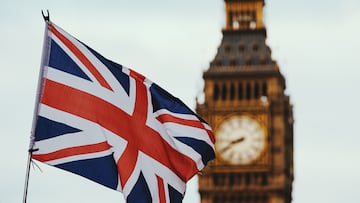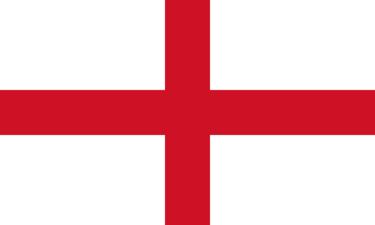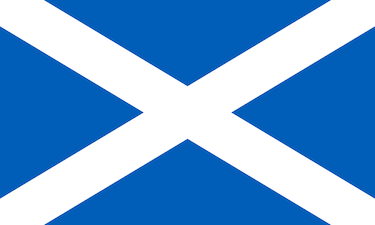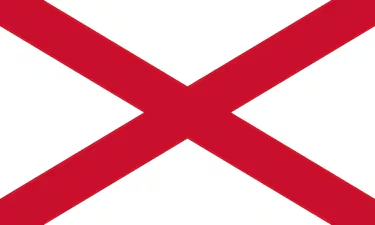What does the flag of the United Kingdom represent? What is its origin and why is it called the Union Jack?
The Union Jack is one of the most recognizable flags in the world. Let’s take a look at the flag’s history and meaning.

The United Kingdom, and the Commonwealth, are preparing for the coronation of King Charles III, which will take place on Saturday, 6 May 2023. One symbol that will feature prominently during the ceremony is the Union Jack, the British flag.
- King Charles III Coronation: Follow live online updates and commentary here!
The flag dates back to the early 1600s when King James VI of Scotland inherited the English and Irish thrones and thus united the kingdoms. A flag was needed that to show the bonds between the three states and was initially placed on British ships. On the land, armies continued to use their national flags, which indicates the connection between the Union Jack as an internationally recognized symbol and global trade. As the British Empire colonized peoples across the globe, it was the Union Jack that represented the colonial power governing from afar.
Read more from AS USA:
- King Charles III and his role as the Supreme Governor of the Church of England
- How to watch the coronation of King Charles III
The Origins of the Union Jack
The Union Jack brings together the flags of England, Scotland, and Northern Ireland, which are the three territories that, together with Wales, make up the United Kingdom. The Welsh flag is not represented on the Union Jack because, at the time of the flag’s development in the early 1600s, Wales was a principality of England and not its own country.
The colors on the Union Jack
The Union Jack is red, blue, and white.
The red cross represents Saint George, the patron saint of England.

Related stories
The patron saint of Scotland, Saint Andrew, is represented by the white blades laid atop a blue background.

Lastly, the red close that runs along the same trajectory of the Scottish flag, represents the Cross of Saint Patrick, the patron saint of Ireland.



